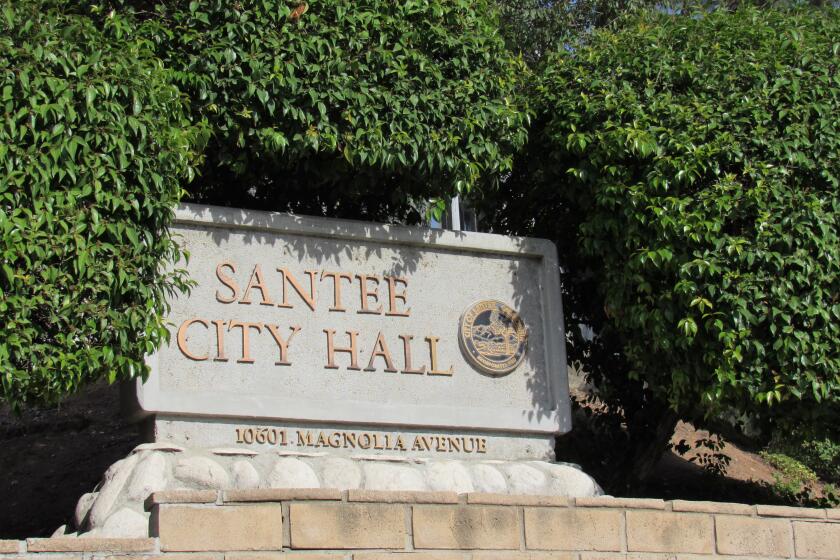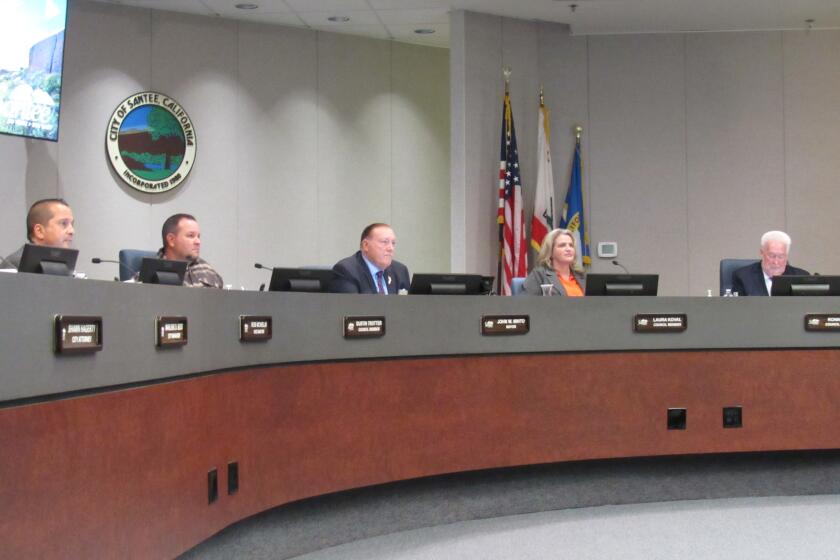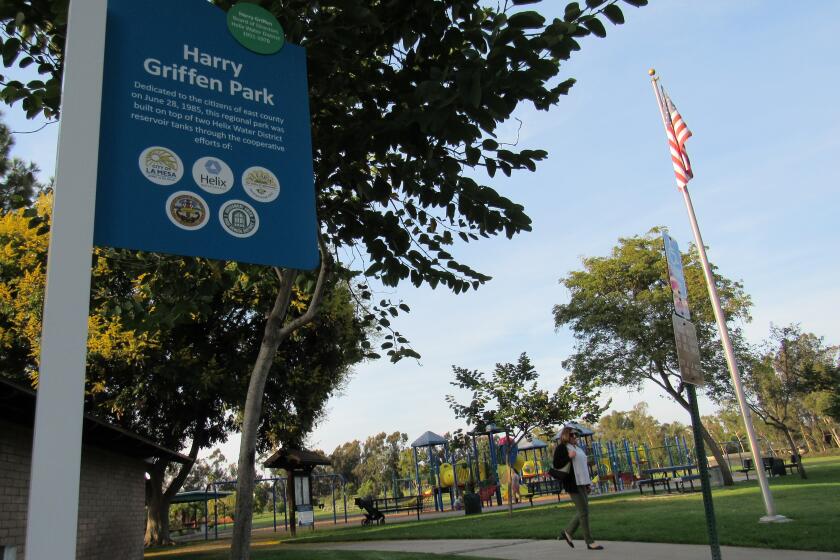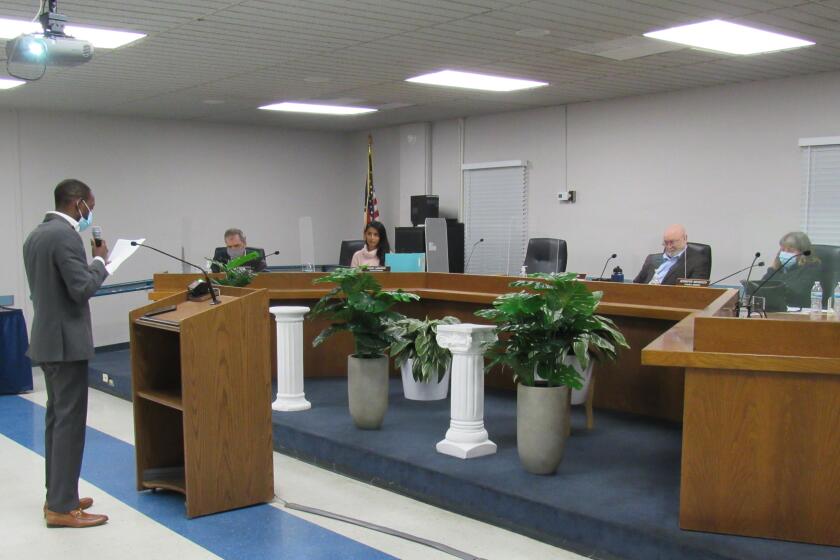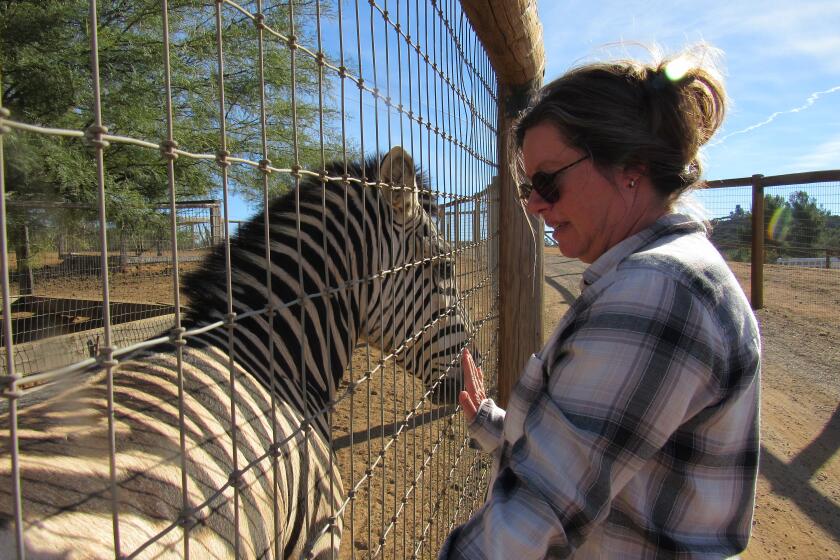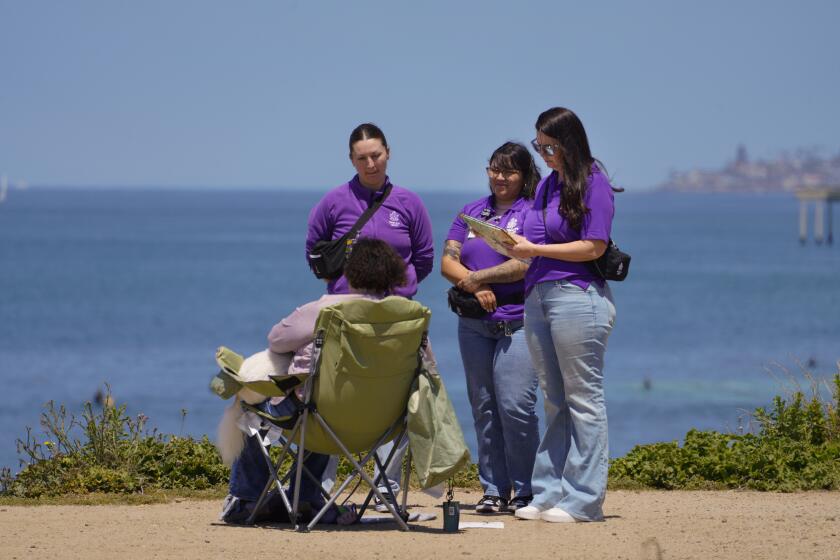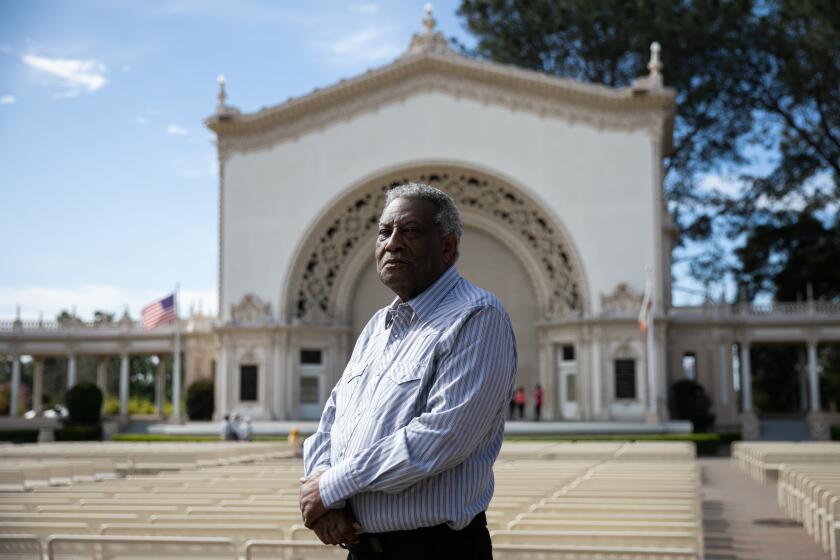Fanita Ranch traffic workshop drives Santee public opinion
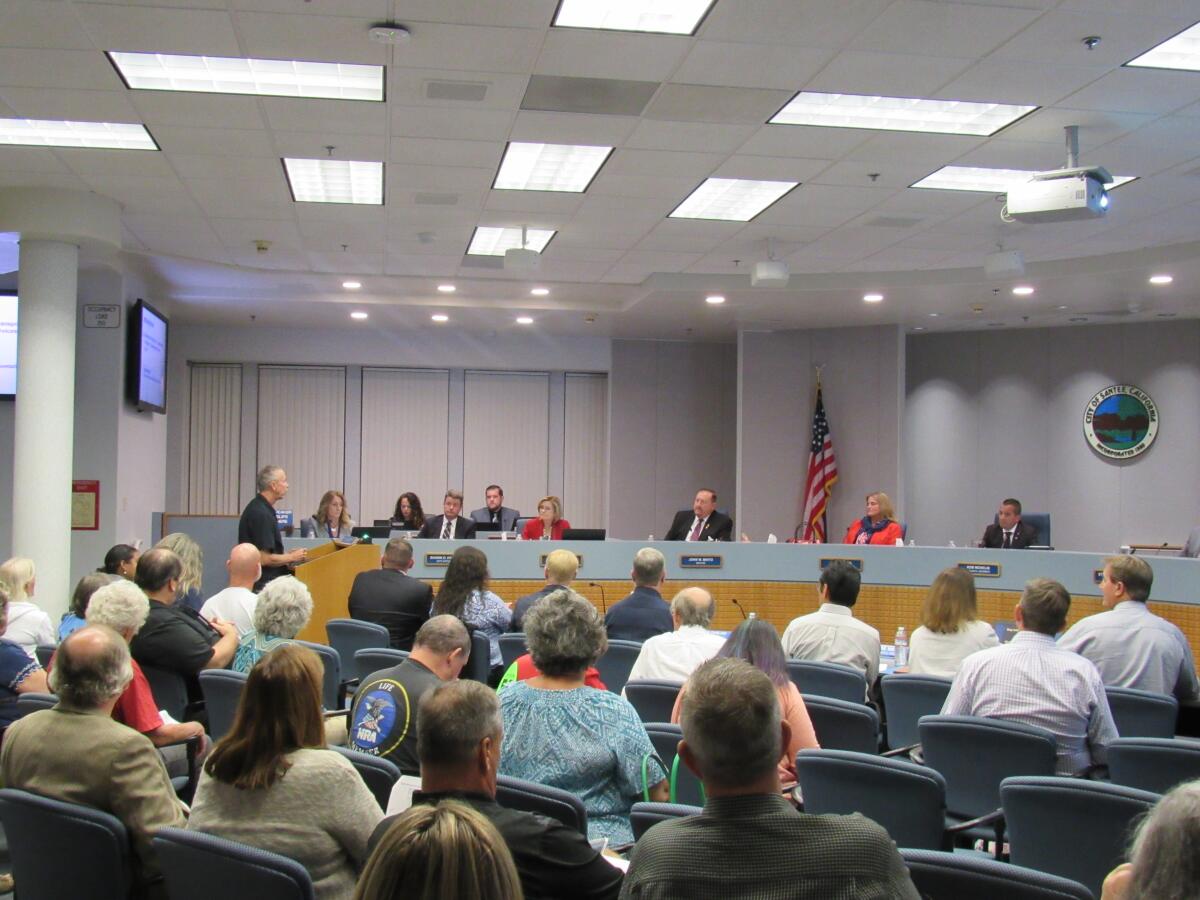
Developers continue to work to sway public opinion, push Highway 52 fixes
Residents last week packed a city-led workshop on Fanita Ranch, a controversial planned community that is expected to bring thousands of new residents to Santee.
The workshop, the second in a series, focused on the project’s effect on traffic and circulation in the region.
A presentation was given by Jeff O’Connor, a representative for HomeFed Corp., the development firm that is looking to put about 3,000 homes on the property off Fanita Parkway near Santee Lakes. O’Connor said the company has already spent millions to improve traffic on congested state Route 52 and collector streets in the city.
Fanita Ranch could potentially bring more than 8,500 people to Santee, adding to the city’s current population of about 58,000, about a 15 percent gain in population, city staff says.
“Some might be skeptical, but give me a chance,” O’Connor said as he highlighted the company’s vision of a new westbound lane and a new eastbound lane for state Route 52, which he said will ease traffic on the congested highway.
HomeFed has said it expects an increase of 26,000 more vehicle trips per day by new residents. O’Connor said that without the planned lane fixes for Highway 52, even without new residents, travel time on the highway is estimated to be 70 percent longer. With the developer’s planned improvements, including the new residents, travel time will be shortened by 25 percent, he said.
Van Collinsworth, spokesman for Preserve Wild Santee, a group that has opposed the project for more than 25 years, disputed HomeFed’s projected numbers, noting that the original environmental impact report for an earlier project at that site in 1998 estimated 36,000 vehicle trips per day.
O’Connor said the traffic numbers have gone down because the majority of homes in the 1998 plan were single-family dwellings and plans for the current development show far more multifamily units being built. He said transportation experts such as the San Diego Association of Governments estimate that single-family homes average 10 vehicle trips a day; multifamily units average eight trips a day; and apartment dwellers six trips per day.
He also said that because of a planned shopping center and a school on-site, there is a higher “internal capture” that will reduce some of the trips out of the area. There are also plans for a shuttle service that will take residents to the city’s transportation hub at Santee Trolley Square.
O’Connor also said HomeFed’s plan to build a high-capacity on-ramp where Mast Boulevard typically backs up where it meets the highway. The congestion on Mast affects collector streets, causing major delays. Two lanes will be going on the freeway instead of one.
O’Connor said HomeFed will be required to pay around $1 million to upgrade technology on existing traffic signals to improve traffic flow.
“Traffic is a huge challenge, but not just in Santee,” O’Connor said. “In Santee, Fanita Ranch has an opportunity to make the traffic better when we’re done than the traffic is now. When we have all our residents moved, in the traffic will be better than it is today. We’re adding four times more capacity to the freeway than what Fanita Ranch residents are going to use.”
O’Connor told the standing-room only audience that improvements in and around the highway would be completed “before the first resident moves in.” There is no ETA for the start of the development, but it will take 15 years for a full build-out of the community.
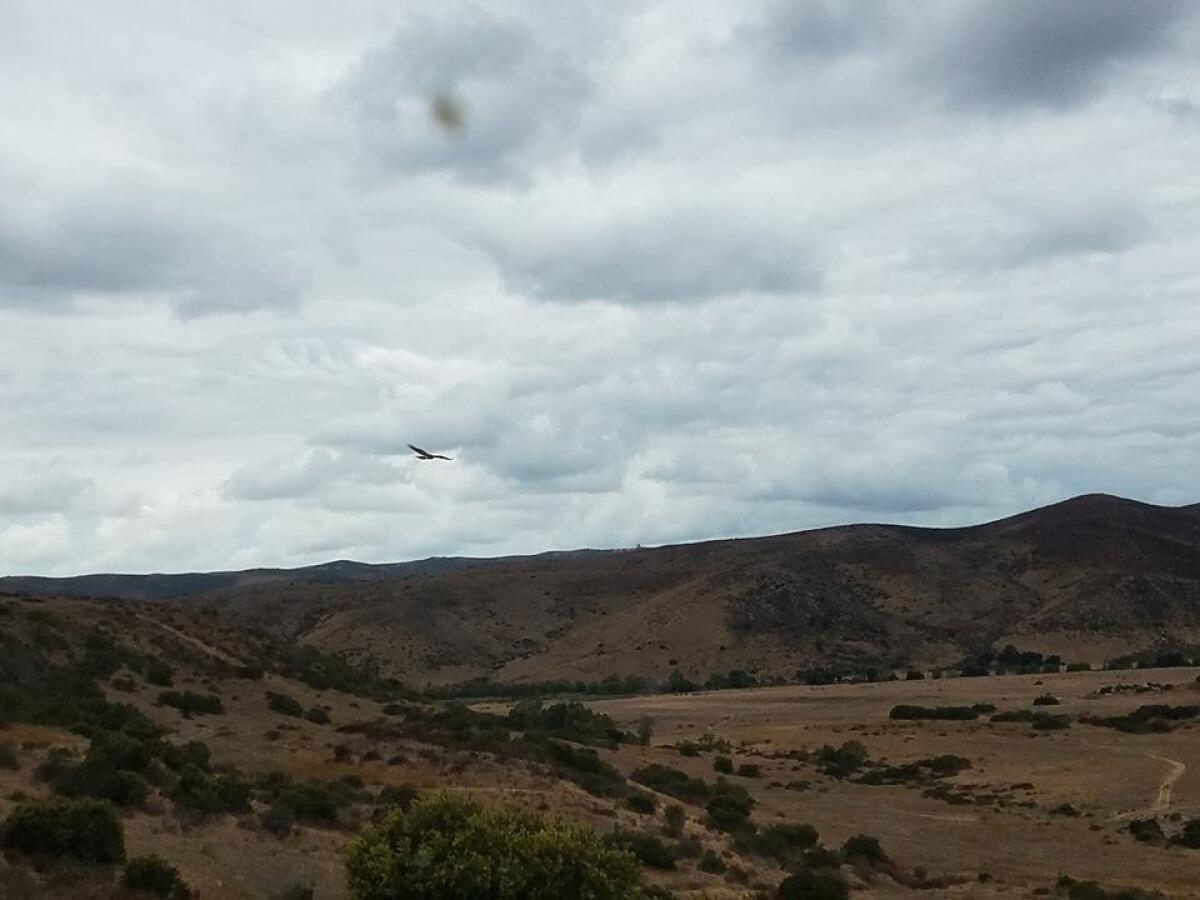
The meeting was the second in a series of workshops by the city in advance of the release of a draft environmental impact report later this year. A previous workshop in May introduced the project to residents and explained some of the amenities that would be available to the public, including hiking trails and parks.
HomeFed’s development application also includes plans for a school and nearly 80,000 square feet of commercial space, parks, open space and agriculture uses.
Fanita Ranch has been in the city’s general plan since 1982, two years after the city incorporated. But only about half as many homes have been approved for development. A developer would not be allowed to build more than 1,395 homes there unless it gets the City Council’s OK for a zoning change.
Santee resident Michael Ranson said he had been to a recent San Diego Association of Governments meeting at which housing and transportation needs for the county were big topics.
SANDAG had previously told Santee it was hoping to help with its traffic needs especially in regards to Highway 52 in 2035, but with a new plan for public transportation now in its early stages, those plans are likely going to be scratched.
“I don’t see any help for the 52, not in 2035, not 50 years from now,” Ranson said. “I think we needed a solution about five years ago... I think this is a good step.”
Those opposed to the development typically cite the rolling hills of Fanita Ranch, with its rich chaparral, coastal sage scrub, vernal pool habitats, and its support of rare plants and animals. Detractors also worry about the relationship of “urban sprawl” to the climate crisis and Southern California wildfire concerns.
During last week’s workshop, several concentrated on the traffic aspect, which they said was misleading.
“While HomeFed is offering to make improvements to the 52, reality has shown that expanding freeways does not actually decrease traffic,” said Evlyn Andrade-Heymsfield. “All it does is encourage more people to drive, which results in the same traffic as before and, in some cases, more traffic.”
City Councilman Stephen Houlahan said he wanted the city to look into doing more with its Highway 52 Coalition, a group of residents, businesses, government officials and others working to lobby for funds on the local, state and national levels.
Houlahan said the city should not rely on HomeFed to make changes to the highway, that it should leverage its own fund-raising efforts with available grants to get the fixes the city needs.
The city said before the end of the year, there will be at least two more workshops, one on trails, parks and open space, the other covering public safety and fire management.
A General Plan Protection Initiative for Santee that came in response to Fanita Ranch will be on the November 2020 ballot. The initiative seeks to amend Santee’s general plan so that the city would need voter approval for zoning changes that would increase the density or otherwise intensify land uses permitted by city law.
Get Essential San Diego, weekday mornings
Get top headlines from the Union-Tribune in your inbox weekday mornings, including top news, local, sports, business, entertainment and opinion.
You may occasionally receive promotional content from the San Diego Union-Tribune.

